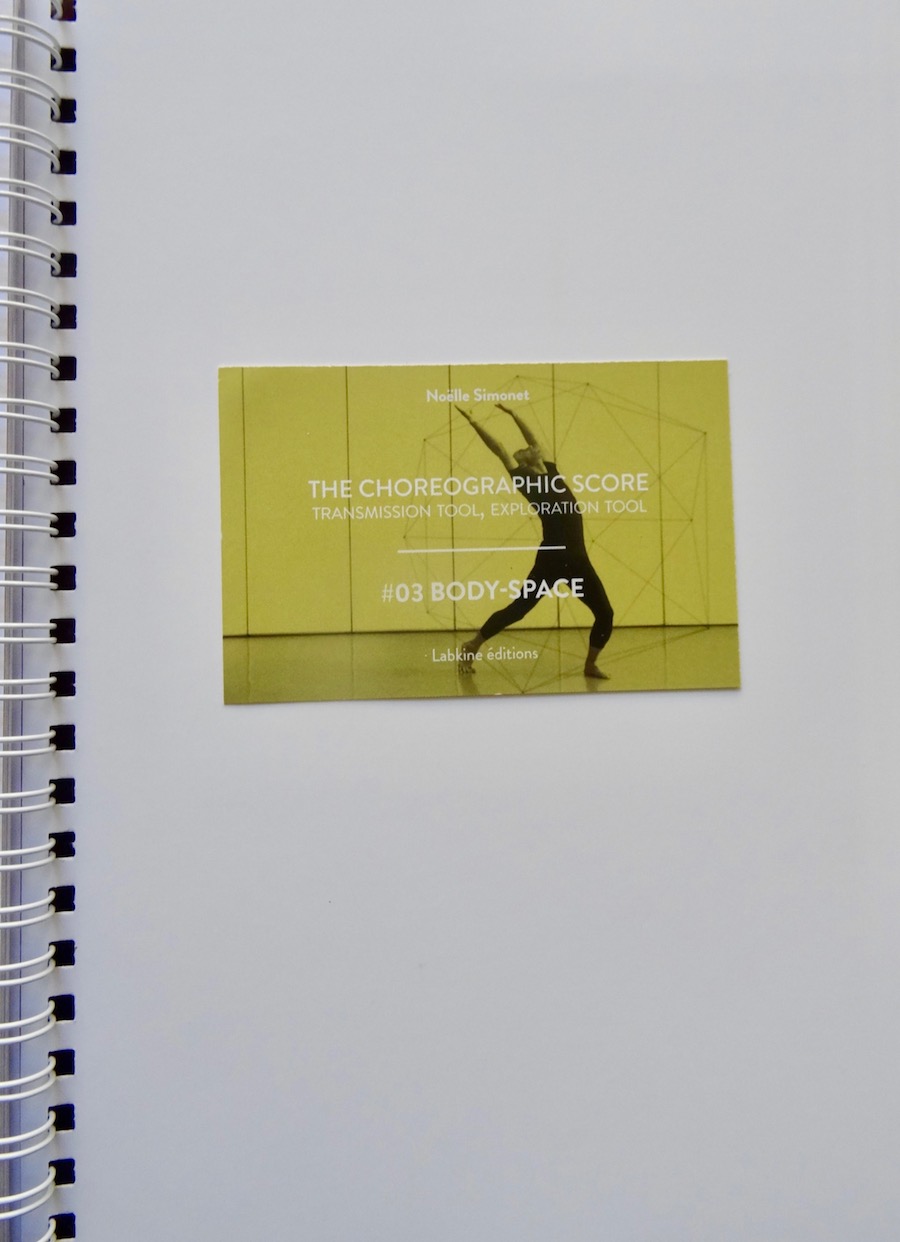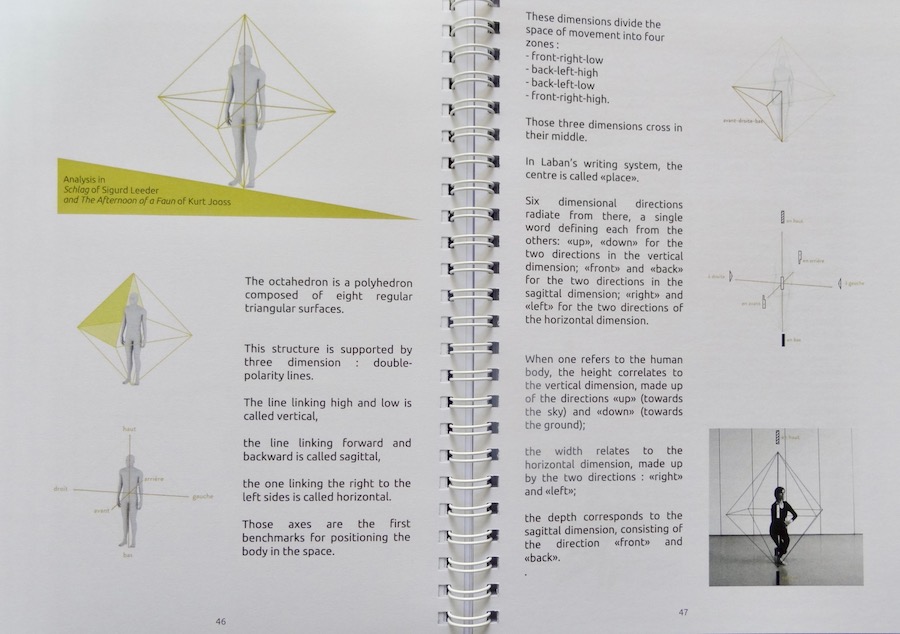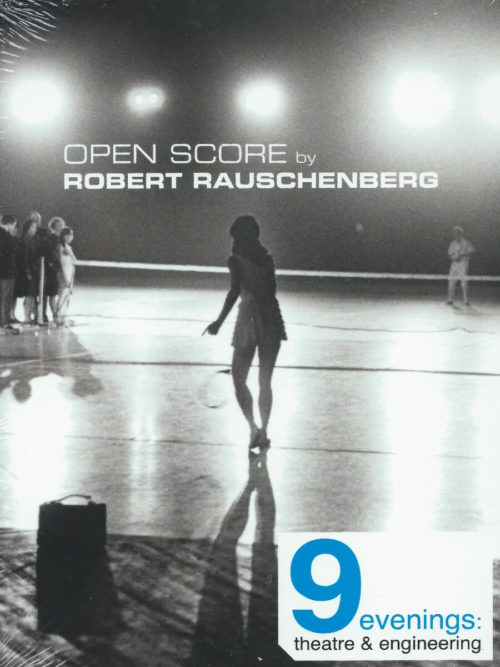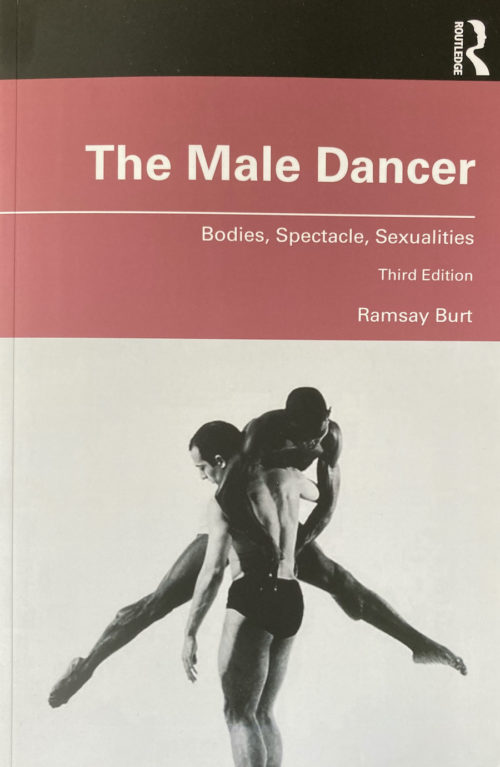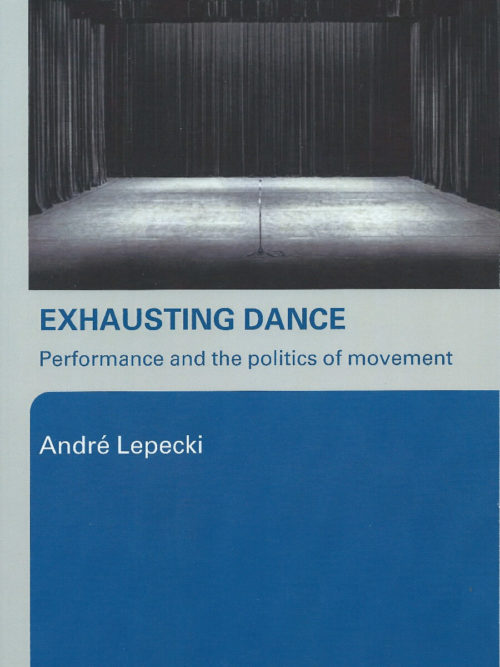The choreographic score: transmission tool, exploration tool
Author: Noëlle Simonet
Publisher: Association ARTDIR-cie LABKINE (2019)
Softcover: 124 pages + 25 videos to download (personal code to access)
Language: English
ISBN13: 978-2-9552-4702-0
THIS TITLE IS AVAILABLE IN BERLIN
Titre non disponible
28,00€
RÉSUMÉ
Every movement is determined in space, but how can the particularity of the space that we go through be defined?
The education tools from the collection « The choreographic score: transmission tool, exploration tool » address the theme of space. Our analysis of this approach is supported by the artist-researcher Rudolf Laban’s (1879-1958) discoveries on the spatial component of movement.
In the first part #1 Sketching pathways and in the second part #2 Transfers and turns, we have addressed the elements of two-dimensional space, traced pathways and the movements of the dancers, using graphics and animated figures.
Short excerpts of choreographic works, from American dance and French contemporary dance, have been analysed to highlight the pathways and the ground movements of the dancers.
The third part is dedicated to the Body-Space relationship. We focus on a three-dimensional personal space. Featuring plasticity and multiple structures, Rudolf Laban has named it « kinesphere ».
The key aspects essential for this study, will be dealt with, relying on the words of German dance, created by the choreographers Kurt Jooss (The Afternoon of a Faun) and Sigurd Leader (Studies and Impromptu), collaborators of Rudolf Laban and creators of the Joos-Leeder technique. We will discuss how the spatial choices of these works serve the coherence and uniqueness of their choreographic writing.
To access these works ,only one resource was available: the scores written in kinetography Laban. From this, we have recreated and filmed them.
The film, the animated graphics and the voice-over complement each other to make the different spatial structures that support dance legible and to serve as gateways to understand the work and to discover the multiple possibilities used to explore movement.


